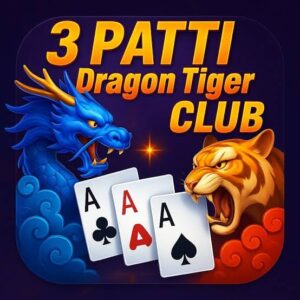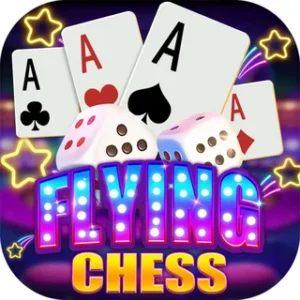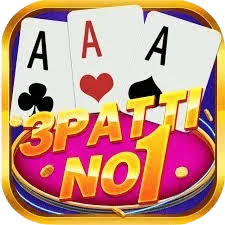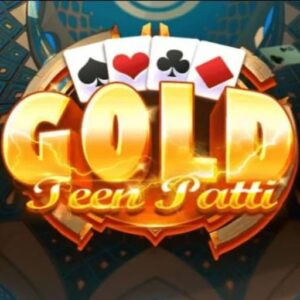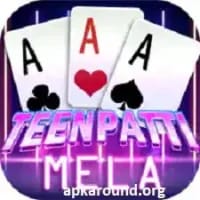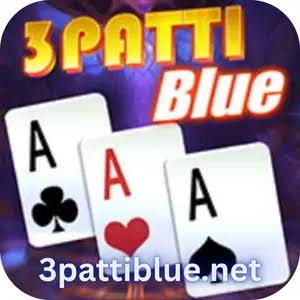Home
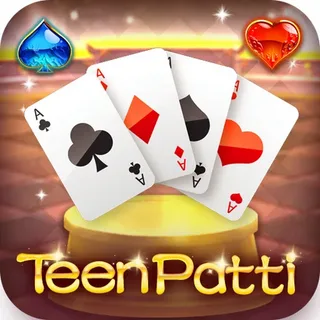




Welcome to azam3pattihouse.com Pakistan’s trusted source for downloading the best Teen Patti (3 Patti) real cash games in 2025. If you’re looking for safe, secure, and verified 3 Patti apps to play online and earn real money, you’re in the right place.
We provide the latest 3 Patti APK downloads with detailed guides, bonus offers, and instant withdrawal options via JazzCash, Easypaisa, and bank transfer.
What is Flying Chess?
After the launch of many online games and earning platforms. Our dedicated team of developers is ready to help you with a new application. This is an online gaming and earning platform with the best entertainment options. Indeed, Flying Chess Pakistan provides you with the best socializing experience with new Telegram and WhatsApp channels. In addition, you get multiple events, competitions, and tournaments to meet new users. There are multiplayer games to participate and you can even play private tables with your friends and family. This brings the best source of entertainment for everyone.
Furthermore, Flying Chess Download is designed with the best offers. You can earn money with huge bonuses and rewards. Indeed, this platform is giving you additional benefits to make money. You are going to get daily bonuses, along with weekly and monthly rewards as well. These are the best sources of generating income. You can complete daily tasks and missions to unlock these benefits. In addition, you can join the platform as a premium agent. This is the most beneficial segment of the platform. It allows you to share a dedicated link and invite new members. Thus, you get huge rewards and bonuses. Now, these are a few reasons this application is making huge changes and bringing new opportunities for you.
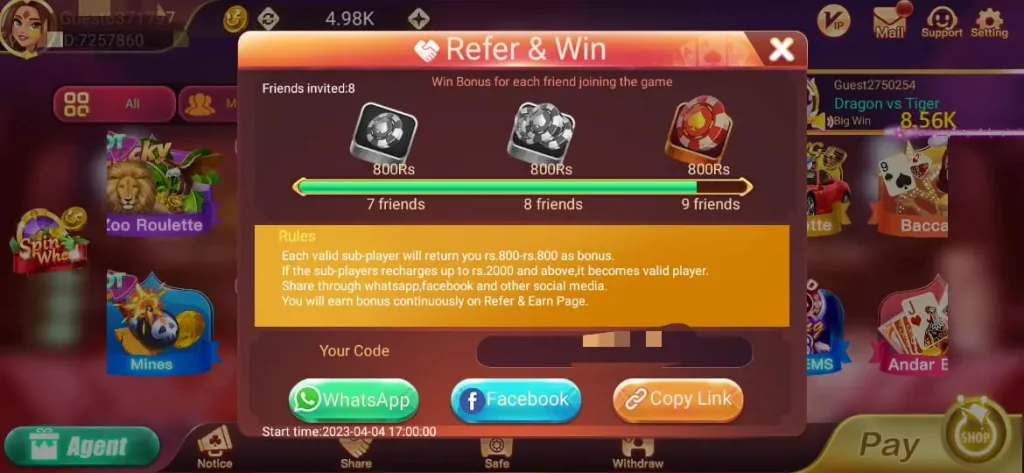
Flying Chess Game Features:
Now, we are ready to explore the key attributes of this platform. Indeed, it is important to explore the key functions for better performance and maximum benefits.
Online Earning:
This application is giving you a 100% real earning opportunity. You can earn online from many games by making investments. Indeed, you increase your earnings with the addition of bonuses, jackpots, Lucky Spins, and huge rewards.
Massive Collection of Games:
There is a massive collection of online games with this platform. You are going to enjoy a variety of games from different categories. Indeed, there are some new games launched on 3 Patti Flying Chess Download APK. You can play games like Aviator, Dragon Tiger, Crash, Rocket, and other popular games. Now, there is a special edition of sports games with huge returns on your investments. However, some of the popular categories are:

⭐ Kaise Khela Jata Hai?
1️⃣Players
• 3 se 6 players normally is game mein hote hain.
• Har player ko 3 cards diye jate hain.
2️⃣ Boot Amount
Game start hone se pehle sab players thoda sa paisa pot mein dalte hain. Isko Boot Amount kehte hain.
3️⃣ Cards Milna
Dealer har player ko 3 cards deta hai. Fir sab players apne cards ko dekh kar decide karte hain:
Chaal lagani hai
Ya Pack/Exit karna hai
4️⃣ Chaal (Betting)
Agar aapke cards ache hain to aap game continue karte ho aur Chaal (bet) lagate ho.
Agar cards weak hain to aap Pack kar sakte ho.
5️⃣ Show
Aakhri 2 players bachae ho to ek player “Show” maang sakta hai.
Phir dono ke cards compare hote hain aur jiska set strong hota hai woh jeet jata hai.

